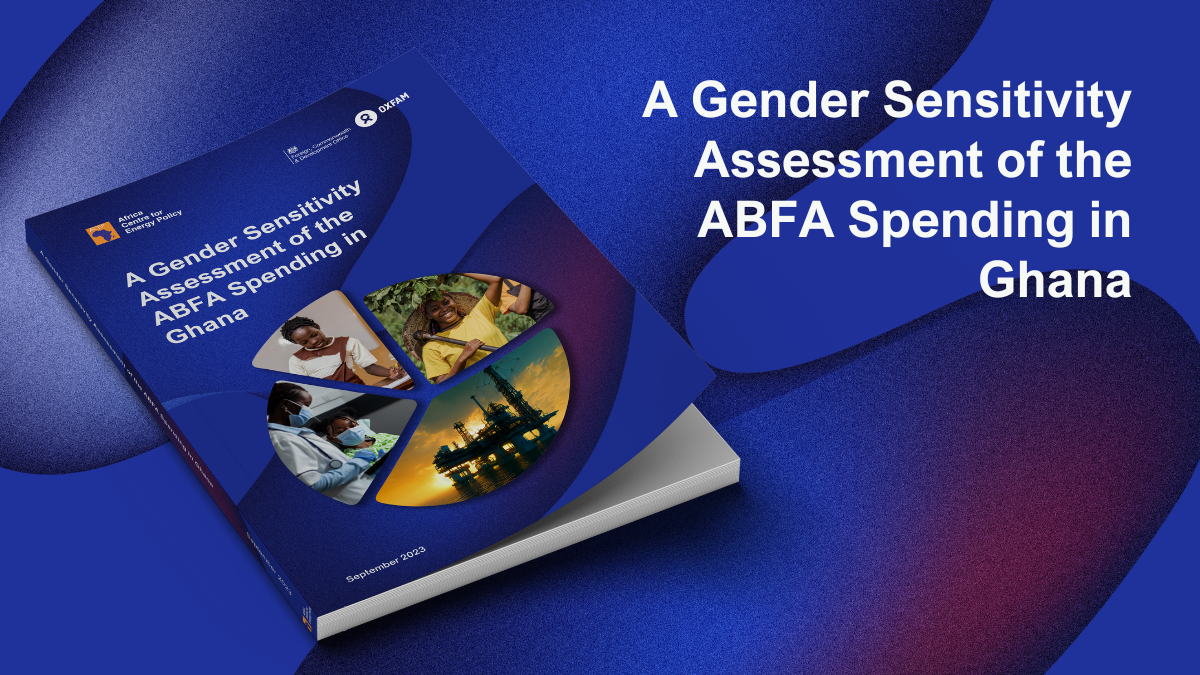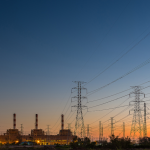

Gender equality is integral to every country’s economic development and achievement of the Sustainable Development Goals (SDGs). Equitable access to education, healthcare, and agriculture drives inclusive growth, innovation, and reduced inequalities. Despite successive governments’ policy interventions, gender inequality remains deeply entrenched across multiple sectors in Ghana, creating significant barriers for women’s access to vital social services, including health, education, and agricultural support. For instance, only 12% of females engaged in agriculture have access to new technologies as opposed to 33% of males, according to the 2014 Gender Analysis of Agricultural Sector in Ghana (GAASG). The narrative is similar in the health sector, where among women who do not access skilled maternal health, about 42% cite financial barriers. The challenges persist in the education sector too, where, due to a lack of WASH facilities, girls lose an additional 30 to 50 days of schooling days. The consequences of these inequalities are dire. For instance, in the agriculture sector, women continue to engage in those value chains that are characterized by lower financial returns, such as subsistence food crop production and small-scale agro-processing, whilst their male counterparts engage in the more financially rewarding sub-sectors of the production value chains such as cash crop production. Also, 14% of all deaths among women are maternity-care related, and girls are 20% less likely to attain a high school education than boys.
Targeted investment in women’s human capital has proven effective at providing women equal access to food, healthcare, and education. Over the past decade, the agriculture, health and education sectors of Ghana have received significant prioritization in petroleum revenue investments through the Annual Budget Funding Amount (ABFA). This study, therefore, sought to assess the gendered dimension of ABFA expenditure in the agriculture, health, and education sectors vis-à-vis the peculiar needs of women as reported by the literature and focus group discussions with beneficiaries of ABFA-funded school infrastructure, CHPS compounds, warehouse and irrigation dam projects in selected communities.
The study revealed a general lack of consultation of women beneficiaries and gender mainstreaming in the delivery and reporting of ABFA-funded capital projects. In the agriculture sector for instance, the majority of ABFA projects realised between 2015 and 2021 benefitted male-dominated sub-sectors such as fish production and irrigated and mechanised farming with little gender mainstreaming, which risks further exacerbating the gender gap within the agriculture sector. Meanwhile, the women-dominated agro-processing sub-sector did not receive any ABFA funding within the period under review. Furthermore, there is minimal involvement of women and gender mainstreaming in implementing ABFA projects. Consequently, women respondents decried being sidelined in the usage of some projects because they did not meet their peculiar needs, whilst others even alleged that they were negatively affected by the projects as their farmlands encroached without compensation.
Findings in the health sector reveal that, while a significant amount of ABFA health sector allocations went into pro-poor interventions such as Community Health Planning and Services (CHPS) compounds, some of these CHPS compounds are not accredited by the National Health Insurance Scheme (NHIS), thus posing access barriers, especially to women beneficiaries. The study further reveals a huge allocation to office complex infrastructure at the expense of direct maternity care infrastructure (about 39% and less than 0.2% of ABFA health sector funds, respectively). Also, the results indicate a relative underfunding of healthcare from the ABFA, which shortchanges national healthcare budget allocations for the provision of essential maternal and emergency healthcare infrastructure.
On the other hand, ABFA expenditure in the education sector, through the Free Senior High School (FSHS) policy – which received more than 87% of ABFA education allocations between 2017 and 2021 – has contributed to bridging the gender disparity in high school education. However, the sustainability of these gains are under threat considering the huge dependence of the policy on the ABFA and its countereffect on infrastructure delivery at the basic level.

